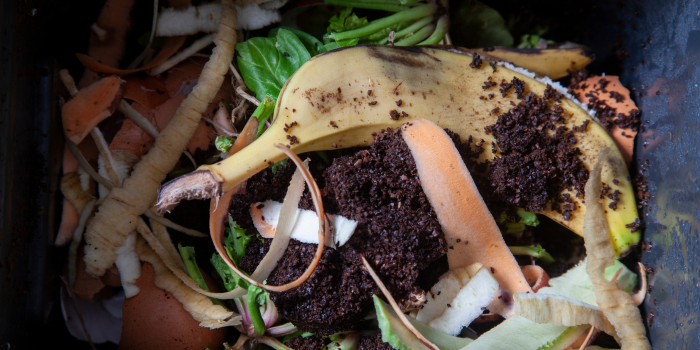Composting is a great way of recycling organic waste into a nutrient-rich material that can be used to fertilize plants and improve soil quality. In this blog post, we will be looking at the different types of composting methods suited for different situations. We’ll also throw in some fun facts about composting to keep you engaged. So sit back, grab a cup of tea, and let’s explore the science of composting.
Backyard Composting
The most common type of composting is backyard composting. It’s easy to do and requires only a little bit of work. All you need is a bin and some organic waste like fruit peels, coffee grounds, and leaves. The bin can be homemade or purchased, and it needs to be placed in a sunny area. To begin composting, add the organic waste to the bin, and mix it occasionally. In a few months, you’ll have nutrient-rich compost ready to use in your garden. Did you know that composting can reduce your carbon footprint? Instead of sending your organic waste to the landfill, composting it reduces the amount of methane gas produced by decomposing organic waste.
Vermicomposting
Vermicomposting is a type of composting that uses earthworms to break down organic waste. It’s perfect for people who have limited space as it can be done indoors. All you need is a bin, bedding material, organic waste, and some earthworms. The earthworms consume the organic waste, and their castings, which is rich in nutrients, becomes the compost. Vermicomposting has been found to increase soil fertility and improve plant growth. Fun fact: Did you know that worms have five hearts?
Bokashi Composting
Bokashi composting is a Japanese technique that involves fermenting organic waste using microorganisms. The microorganisms break down the waste, and the end product is a pre-compost material that can be used to fertilize plants. Unlike other types of composting, bokashi composting works well with cooked food waste like pasta, meat, and dairy products. It’s also great for people who live in apartments as it doesn’t produce any odor. Did you know that bokashi composting can generate a liquid that can be used to fertilize plants? It’s called bokashi tea.
Hot Composting
Hot composting involves creating a pile of organic waste that heats up due to the natural breakdown process. It requires a lot of organic waste, a large area, and regular turning to ensure that the compost heats up evenly. Hot composting is fast and can produce high-quality compost in a few weeks. The high temperature of the composting process kills off any pathogens or weed seeds, resulting in a safe compost. Fun fact: Did you know that the ideal temperature for hot composting is between 130 and 150°F?
Humanure Composting
Humanure composting involves using human waste as fertilizer. It’s not for everyone, but it’s an excellent way of recycling human waste and reducing our carbon footprint. The process involves collecting human waste in a sterile container, mixing it with sawdust, and letting it decompose for a few months. The end product is safe compost that can be used in gardening. It’s essential to note that humanure composting carries a risk of pathogens, and proper safety measures must be taken. Did you know that the use of human waste as fertilizer dates back to ancient civilizations like the Greeks and Romans?
Our Thoughts on Composting
And there you have it, folks, a guide to the different types of composting methods. As sustainable living enthusiasts, composting is an excellent way of reducing our waste and improving our soil quality. Whether you have a backyard or live in an apartment, there’s a composting method suited for you. So, let’s get composting and do our part in creating a more sustainable future. Remember, composting may not save the world, but it’s a great place to start. Cheers to composting!
Sources:
- “Backyard Composting.” (2022). U.S. Environmental Protection Agency.
- Jenkins, J. (2023). “The Humanure Handbook: A Guide to Composting Human Manure.” Chelsea Green Publishing.
- Mancuso, N., Kehres, E. (2022). “The History of Human Waste as Fertilizer.” National Geographic Society.

Iryna wants to make this world a better, greener place with less waste. Her mission is to protect the planet from plastic pollution by bringing awareness to this global crisis through her website. Send her an email to learn more about her mission and how we can help!



